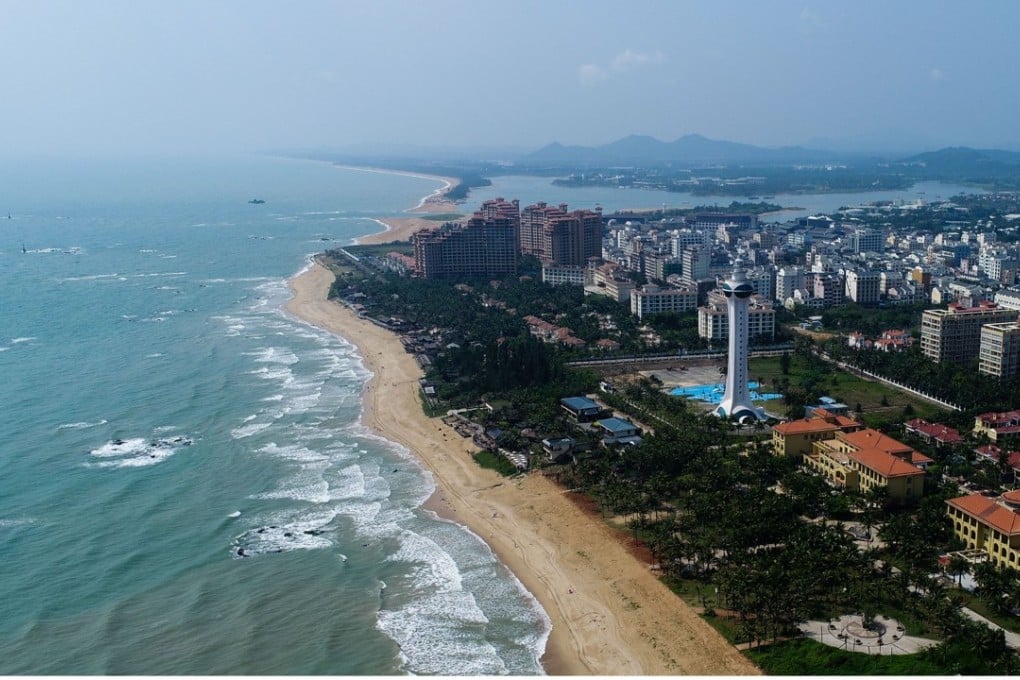US among 59 countries granted visa-free access to China’s resort island Hainan ... but who’s missing?
The move, adding to a state programme to spur water sports and horse racing announced earlier, seeks to remake Hainan from a backwater into “Asia’s Hawaii”, analysts said

China’s government has thrown open the doors to visitors from 59 countries, giving them visa-free entry to Hainan island, in an unprecedented move to spur economic growth and boost tourism in the backwater province.
Starting May 1, passport holders from the UK, the US, Canada and scores of other European and Asian countries will be allowed to enter Hainan for stays of up to 30 days, according to an announcement Wednesday by the State Immigration Authority.
Absent from the list are African countries, countries on the Indian subcontinent, as well as three members of the Association of Southeast Asian Nations (Asean): Vietnam, Laos and Cambodia.
The latest move is an expansion from a 2000 policy that permitted tour groups from 21 countries to enter Hainan visa-free for up to two weeks. The new move lets individual travelers enter Hainan and extends the period of stay.
The move is likely to benefit Chinese airlines, including the island’s flagship carrier, Hainan Airlines, a unit of the troubled Chinese conglomerate, HNA Group.